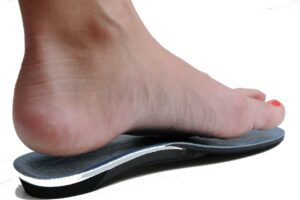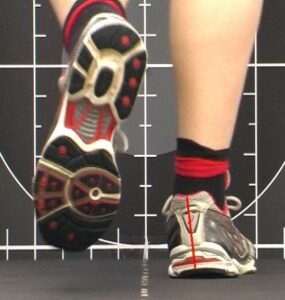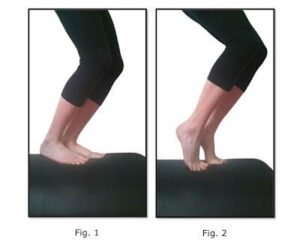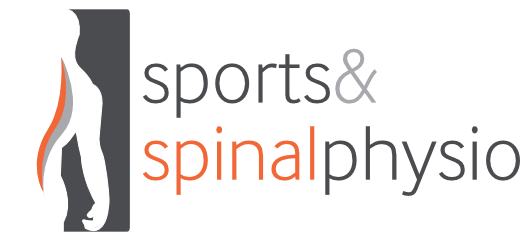News & Blog
Pronation is great!
Physiotherapy, Massage Therapy, Podiatry, Injury Prevention, Pilates, Healthy Backs
If you have ever experienced a lower limb injury, you have flat feet or are a runner you will possibly be familiar with the term pronation.
Typical statements about pronation include
“I’m an over pronator and this is causing my knee pain”
“My foot over-pronates so I have been told I need to wear stability trainers to fix my Achilles pain”
“I wear orthoses to correct my over pronation”
The term pronation essentially refers to the movement that the foot makes as its makes contact with the ground, it is also known as eversion. The foot rolls inward towards the arch with each step, flattening the foot and cushioning the shock of weight bearing.
So what is over pronation?
Historically this is the term used to describe a foot that rolls into this position above what is normal. The problem with this is, exactly what is normal? How much is too much and when does it quantify as being over? There is no set normal pronation value therefore how can we say that it is over what is normal!
Pronation is essential to foot function and should not be considered as “bad”. Without pronation our lower limbs would be subjected to increased stress and strain through lack of cushioning and deceleration of our bodies load. So in fact pronation is actually GREAT!
Why does pronation get such a bad reputation?
A sudden increase in the amount of pronation will occur as a result of an increased amount of distance walked or run. A change in foot wear or an injury to the leg can also alter our pronation. Essentially prolonged, rapid or uncontrolled pronation can unfortunately lead to stress or overload of our tissues (muscles/tendon/joints) and contribute to pain and injury.
As a clinician it is our job to establish that it is this mechanism that is the cause of our patient’s pain and aim to bring some “control” to the pronation. Thus changing the forces acting on the injured body part that are causing the patients pain.
How can you reduce pronation forces?
If pronation is contributing to pain and injury, slowing down, reducing the quantity and controlling pronation is our key aim and achieved by the following:
- Reducing the activity that is using pronation i.e running / walking (decreasing load/force)
- Adding an insole (orthotic) – the foot makes contact with the orthotic sooner than it would the floor, this reduces the pronatory force (the foot may still pronate as much but with less force which is good for the injured tissues).
- Wearing a shoe with a stiffer sole – if the inside of the shoe is stiffer it can act on the foot a bit like the orthotic in the above example.
- Combining a stiffer sole and an orthotic – as above.
- Improving control and strength of the inner calf muscles (tibialis posterior and anterior) through specific exercises. Essentially improving the ability of the muscles to cope with the forces that come with pronation.
- Addressing how the rest of the leg works – improving the control and strength of the muscles around the hip to reduce the force of inward rotation of the leg which contributes to pronation.Pronation is vitally important to how our lower limb functions and without it we would have so many other issues. So if someone ever says “wow you really over-pronate” remember to ask them how much you over-pronate by, because in all honesty no one really knows!

Orthotic insole – acts on the inside of the heel bone to change force – not the soft tissue arch.

The right foot is positioned in a pronated posture mid stance.
A bent knee calf raise to strengthen tibialis posterior to aid in reducing the force created with pronation.

